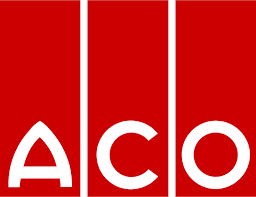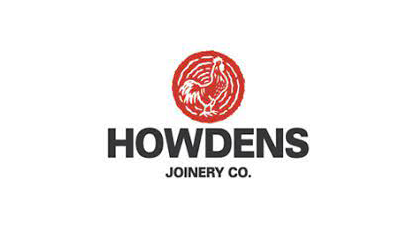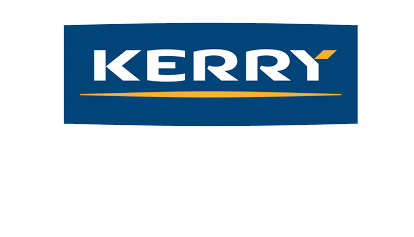
- Details
- Category: Blog
The value of Continuous Improvement is pretty much accepted by all organisations but many improvement processes fail to deliver lasting gains.
A typical example is the first case study below which despite 7 years of applying various improvement tools, failed to deliver significant improvement. They turned that situation around by taking a long hard look at what they wanted from their improvement process and what was needed to deliver that goal.
The changes they made accelerated the pace of improvement. That success was not dependent on adopting sophisticated improvement tools but on leadership steps to:
- Define the purpose of their improvement process,
- Align outlook and priorities across the Leadership Team
- Develop internal capabilities to deal with those priorities
The third step is such an important factor that when a senior Toyota executive was asked to identify why this world leading organisations was successful when others had failed explained that "Toyota don't just make cars, we teach and train people."
He placed that success factor higher than others such as the TPS process, supply chain mastery or design prowess because he recognised that once an organisation has decided what and where to improve, capability development is fundamental to making it happen.
Although the focus on teaching and training is easy to accept, the hidden jewels in the Toyota wisdom are the 2 steps used to align leadership intent in the Cleveland Medical example. For Toyota, this is just a part of the way they do things but for other organisations it is something that can be easily overlooked.
To deliver that alignment involves high levels of collaboration between managers, team leaders, planners and change agents. The case studies below show how Cleveland Medical achieved this alignment. They used it to engage all in their organisation with improvement. The other two case studies illustrate how the improvement process can be used as a vehicle to align their improvement leaders behind a compelling purpose.
Something that is the litmus test of successful Leadership teams.
Continuous Improvement and Engagement
Cleveland Medical
Although this is a health care company, there are many parallels with the barriers to lasting improvement in manufacturing and much to learn from them.
Background
- A 7 year CI programme produced some pockets of improvement
- Their approach was to use event based projects to generate improvement ideas which were not fully adopted or sustained.
- Their improvement toolsets were understood and used by a few when they had time.
- Multiple groups were pushing improvements but this was not coordinated.
A new head of CI worked with improvement leaders to understand the current status, identify the gaps, what worked and what to do about it. They recognised that a key driver for sustained improvement is the engagement of personnel. Only those doing the job every day have the detailed understanding of the workplace reality to be able to identify and resolve areas of weakness. The outcome of their review defined the "Purpose" of their improvement process using the phrase:
"Every caregiver empowered capable and expected to make improvements every day". Strap line “Every caregiver everyday”
To deliver that capability they moved from an event driven improvement approach to making improvement a part of every day routine and adopted 3 principles to align the outlook and approach of improvement leaders at all levels. They are:
- Anchor the work in purpose (Build a culture of improvement)
- Reflect on results with integrity (Embrace improvement pull)
- Solve with empathy (Bring people along with you)
After 3 months, this alignment of purpose across the organisation transformed their improvement process from something that happened when time allowed to something that delivered daily improvement in performance. 3 months later they had systematically improved performance by 6 times and were still making progress.
The biggest gain though was the way in which people felt they had the ability to impact and make a difference.
Continuous Improvement and Business Development
Trane Technologies:
Define the purpose of Continuous Improvement as a growth strategy. They identified what they needed to achieve to win more business in the market and aligned the organisation behind that. They identified that what they needed was problem prevention rather than problem solving
They adopted key performance measures that recognised the success of leaders who were good at developing people and promoted them.
That improved the level of engagement because the right people were driving the right experience driving the right results.
Continuous Improvement and Business Strategy
Raytheon
This global leader in Aerospace manufacture, intelligent systems and Defense systems identifies that the purpose of continuous improvement is to underpin their goal of utilising data as a strategic asset. Improvement priorities as:
- Goal alignment
- Supporting teams to remove barriers to problems
- Capability development
- Do we have the right skills
- Do we have the right tools
This focus on developing capability is central to their ability to adapt to the rapidly changing manufacturing landscape due to advances in connectivity and technology.
Conclusions: CI Purpose and Leadership Alignment
Continuous improvement programmes are most effective when they have a clear purpose supported by an aligned cross functional outlook.
Specifically the leadership team need to agree on:
- The pressure for change (what are the business drivers)
- The vision for change (what does good look like)
- The capability for change (The purpose of our improvement process)
- Actionable next steps (The intent of our improvement process)
A powerful approach to delivering such alignment are Learning Club programmes designed to:
- Raise awareness and develop a deeper cross functional understanding of the issues facing the organisation.
- Align priorities and agree next steps
- Apply and test ideas
- Review, reflect and take action based on the results








